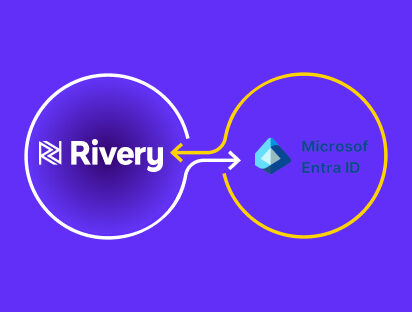Data engineers are in high demand.
As companies struggle to move, process, and store huge amounts of data from multiple sources, the role of data engineers is becoming increasingly crucial and they often inherit chaotic legacy processes they need to modernize.
Jay Kreps, a longtime engineer at LinkedIn and CEO of Confluent, explains in his article about real-time data unification the impossible task of building custom data loads for each of the many sources and targets.
Connecting dozens of data systems and repositories would require building custom piping between each pair of systems. This isn’t sustainable in the long run, especially as the number of data sources are growing for most businesses.
On top of that, management teams increasingly need a simplified and clear overview of their business performance. That being said, data engineering teams are finding they not only need to manage but track the performance and stability of their data pipelines.
This means that data engineers have the responsibility to structure and organize business data in the most efficient, organized fashion.

The future of data management
There are four main areas in which the industry is shifting which were clearly articulated by Chris Riccomini on his recent post about the future of data:
- TIMELINESS : From batch to real-time
- CONNECTIVITY : From 1:1 bespoke integrations to n:n
- CENTRALIZATION : From centrally managed to self-serve cloud
- AUTOMATION : From manually managed to automated tooling
All of these are not a utopia and it’s something that can be achieved with the right data orchestration. While it’s an evolution that will take time for companies to change their legacy processes, these things are bound to become industry standards.
The accessibility and flexibility that cloud platforms provide are at the heart of these changes, and the growing demand for faster and better business insights means that these changes will happen quickly.
Creating a Unified Data Pipeline
Centralizing and unifying data processes is no longer a luxury.
It’s a necessity for companies to be able to put their data to work. This isn’t only to get insights but also to store and archive data correctly in the cloud, or even to prepare data so it’s suitable for further manipulation, machine learning or AI processes.

Centralization is at the heart of connectivity. Rivery was built with the future of data management in mind.
Centralizing and connecting all data sources for an organization’s entire data operation is managed through a unified data pipeline is something which any data engineer strives for.
The cost of chaos
As companies grow, it’s normal that they make ad hoc data connections and fix short-term problems.
But with multiple teams needing to access & connect different data sources, databases, and insights, a chaotic data infrastructure that isn’t streamlined is a ticking bomb. In the long-term, things will get very complicated, very fast.
The cost of not streamlining a data pipeline and centralizing data processes goes beyond time and effort. It has a direct impact on the cost of running a business – and more importantly, on the breadth and quality of the insights that an entire organization will have access to.
It’s time to get your data in order!
Can't miss insights
Minimize the firefighting. Maximize ROI on pipelines.





